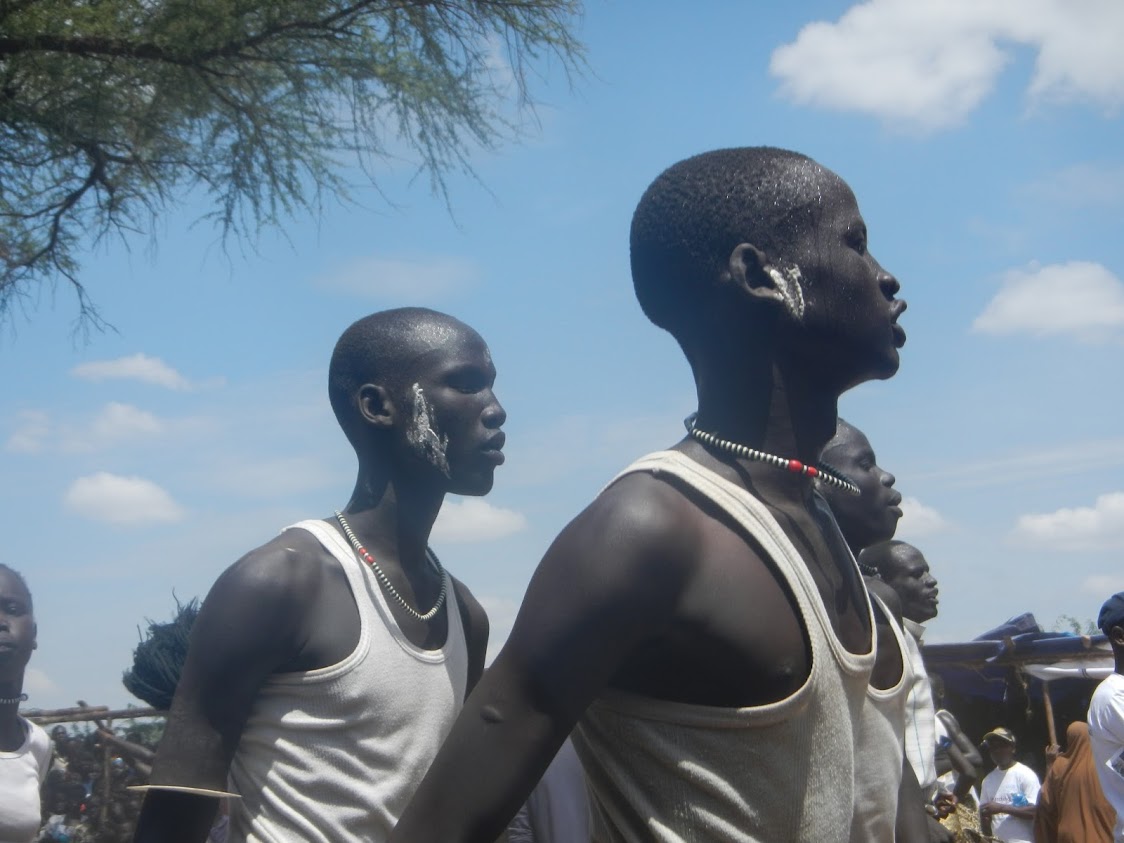CDC’s Work With Refugees Makes the World Safer

For the past five years, approximately 68,000 refugees and 500,000 immigrants per year come to the United States from around the world. These diverse groups hail from places where standards of care, access to health care and treatment, and exposure to infectious diseases differ greatly. The U.S. Centers for Disease Control and Prevention’s (CDC) Emergency Response and Recovery Branch (ERRB) and Division of Global Migration and Quarantine (DGMQ) work to keep infectious diseases and other diseases of public health significance from coming into and spreading in the United States. To accomplish this goal, CDC focuses on promoting and improving the health of immigrants, U.S. bound refugees, and migrants through domestic and overseas programs.
Since 2000, the United Nations (UN) has recognized June 20 as World Refugee Day to call attention to the millions of displaced people around the world. This includes refugees, which according to the 1951 Refugee Convention are persons who “owing to a well-founded fear of being persecuted for reasons of race, religion, nationality, membership of a particular social group or political opinion, are outside the country of his nationality, and are unable to, or owing to such fear, are unwilling to avail themselves of the protection of that country.” It also includes internally displaced persons or IDPs, who like refugees, are displaced from their homes but have not crossed an international border and remain in their home countries.
The United Nations High Commissioner for Refugees (UNHCR) is mandated to lead and coordinate international action to protect refugees and ensure their safety and well-being. According to UNHCR, there were over 45 million refugees and internally displaced people in 2013, which was the highest level in nearly 20 years. This includes over 1 million people who fled the ongoing crisis in Syria to neighboring countries, and over 2 million who were internally displaced in Syria.
CDC’s Emergency Response and Recovery Branch (ERRB) within the Center for Global Health’s Division of Global Health Protection coordinates, supervises, and monitors CDC’s international emergency work with refugee or displaced populations. The mission of ERRB is to apply public health science to mitigate the impact of disasters, complex humanitarian and other emergencies among refugees and other populations, and to support the recovery of health systems in these settings. This work is conducted in partnership with other U.S. government agencies, UN agencies (including UNHCR), and non-governmental organizations such as Doctors Without Borders, iMMAP (Information Management and Mine Action Programs), International Committee of the Red Cross, International Rescue Committee and Save the Children.
CDC also supports non-emergency programs supporting refugee health, both internationally and in the United States. DGMQ provides guidelines for infectious disease screening and treatment tracking and reporting disease in refugee populations so that appropriate preventions measures or treatment can be provided; responding to disease outbreaks overseas; advising non-governmental organizations (NGOs) and other partners on health care for refugee groups; and educating and communicating with immigrant and refugee groups and partners.
One such example of CDC’s efforts is evident in Kakuma Refugee Camp in northwest Kenya. Through partnership and program implementation, CDC provides substantial support to these displaced persons through disease surveillance, capacity building, medical screening and treatment for infectious disease. Although the work is substantial and challenges are many, CDC has been successful in partnering with non- governmental organizations and other entities to improve health outcomes in significant, tangible ways. DGMQ also partners with CDC’s Division of Global HIV/AIDS to provide HIV/AIDS-related health services, care, and treatment to refugee groups. This prevention and treatment program is the sole HIV/AIDS program in this camp of more than 120,000 refugees.
Refugee groups are extremely vulnerable populations that often require life-saving aid in the form of healthcare, shelter, water, food, education, and other critical needs. Many will spend more than a decade living in difficult or uncertain conditions before receiving the opportunity to resettle in another country or return to their homeland. While the challenges these populations face are many, hope for a better life is ever-present. For this reason, on this day we honor the courage, resolve, and determination of those who are forced to flee their homes under threat of violence, persecution, and further destruction.
For more information about DGMQ and their work with refugee and immigrant populations, please see the CDC Immigrant and Refugee Health website.
For more information about ERRB and their emergency aid programs, please see the CDC ERRB website.